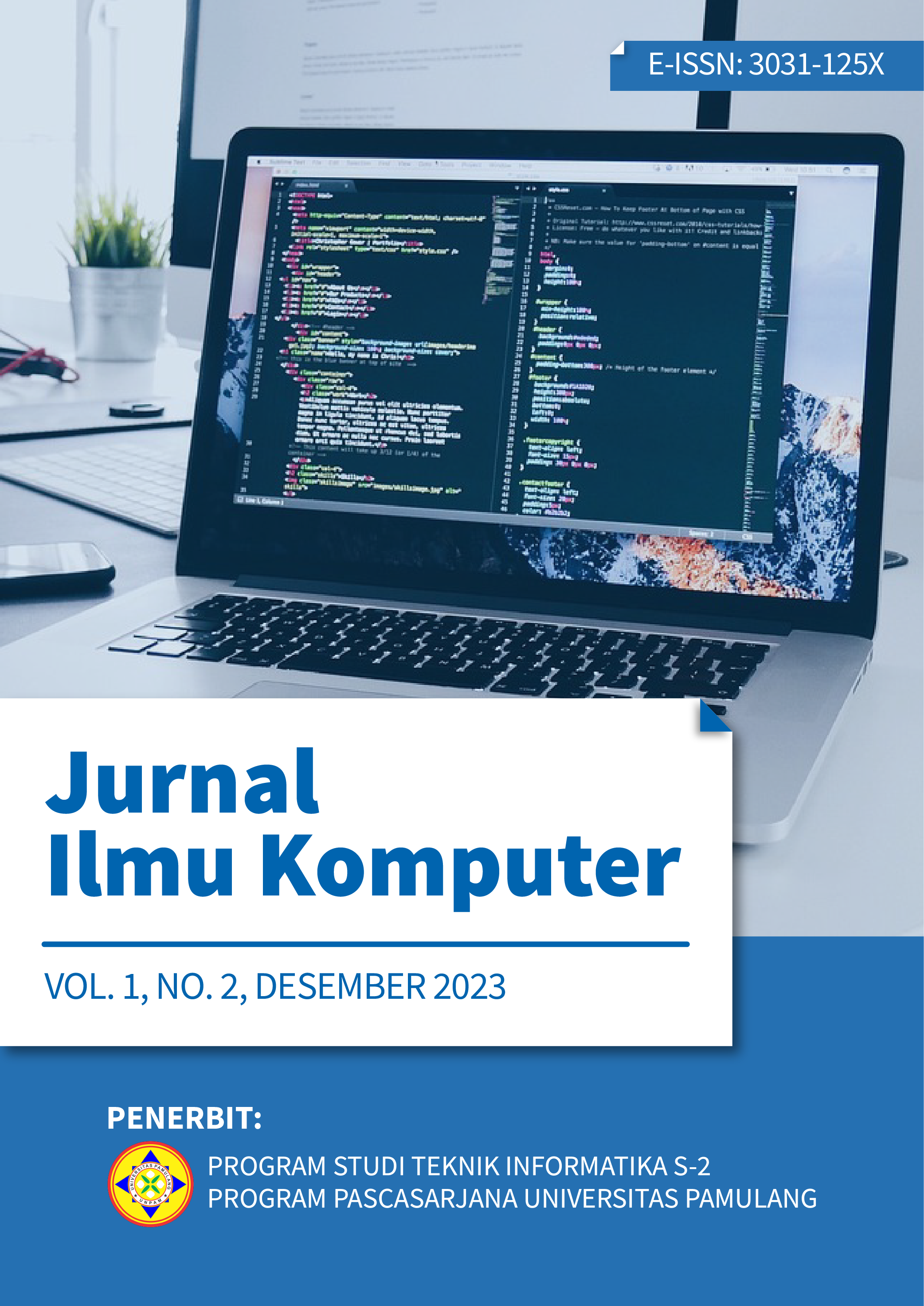Prediksi Risiko Serangan Jantung dengan Pendekatan Data Mining dan Algoritma Naïve Bayes
Keywords:
Naïve Bayes Algorithm, Data Mining, HealthAbstract
Heart attack is one of the deadliest cardiovascular diseases worldwide. Heart attack risk prediction plays an important role in prevention and early treatment. In this study, we propose an approach to optimize heart attack risk prediction using data mining and Naïve Bayes algorithm. This method utilizes data mining techniques to analyze complex health datasets and extract hidden patterns that can identify heart attack risk factors. Naïve Bayes algorithm is used to predict the risk of heart attack based on the discovered patterns. We conducted experiments using patient datasets with relevant health parameters and optimized the performance of the prediction model. The experimental results show that this approach produces accurate and reliable heart attack risk prediction. This research makes an important contribution to the field of cardiovascular disease prevention and provides a basis for the development of more efficient heart attack prediction systems.
References
[1] R. Sumara, N. A. Wibowo, and Indarti, “Identifikasi Faktor Kejadian Penyakit Jantung Koroner Terhadap Wanita Usia ≤ 50 Tahun di RSU Haji Surabaya,†J. Manaj. Asuhan Keperawatan, vol. 6, no. 2, pp. 53–59, 2022, doi: 10.33655/mak.v6i2.134.
[2] D. Jollyta, W. Ramdhan, and M. Zarlis, Konsep Data Mining Dan Penerapan. Sleman: Deepublish, 2020.
[3] M. F. Akbarollah, Wiyanto, D. Ardiatma, and A. T. Zy, “Penerapan Algoritma K-Nearest Neighbor Dalam Klasifikasi Penyakit Jantung,†J. Comput. Syst. Informatics, vol. 4, no. 4, pp. 850–860, 2023, doi: 10.47065/josyc.v4i4.4071.
[4] S. Hartati, Kecerdasan Buatan Berbasis Pengetahuan. Yogyakarta: UGM PRESS, 2021.
[[5] A. Rafidah, “Analisis Faktor Risiko Kejadian Penyakit Jantung Koroner di RSUD Sultan Imanuddin Pangkalan BUN,†Stikes Borneo Cendekia Medika, 2020.
[6] H. Annur, “Klasifikasi Masyarakat Miskin Menggunakan Metode Naive Bayes,†Ilk. J. Ilm., vol. 10, no. 2, pp. 160–165, Aug. 2018, doi: 10.33096/ilkom.v10i2.303.160-165.



